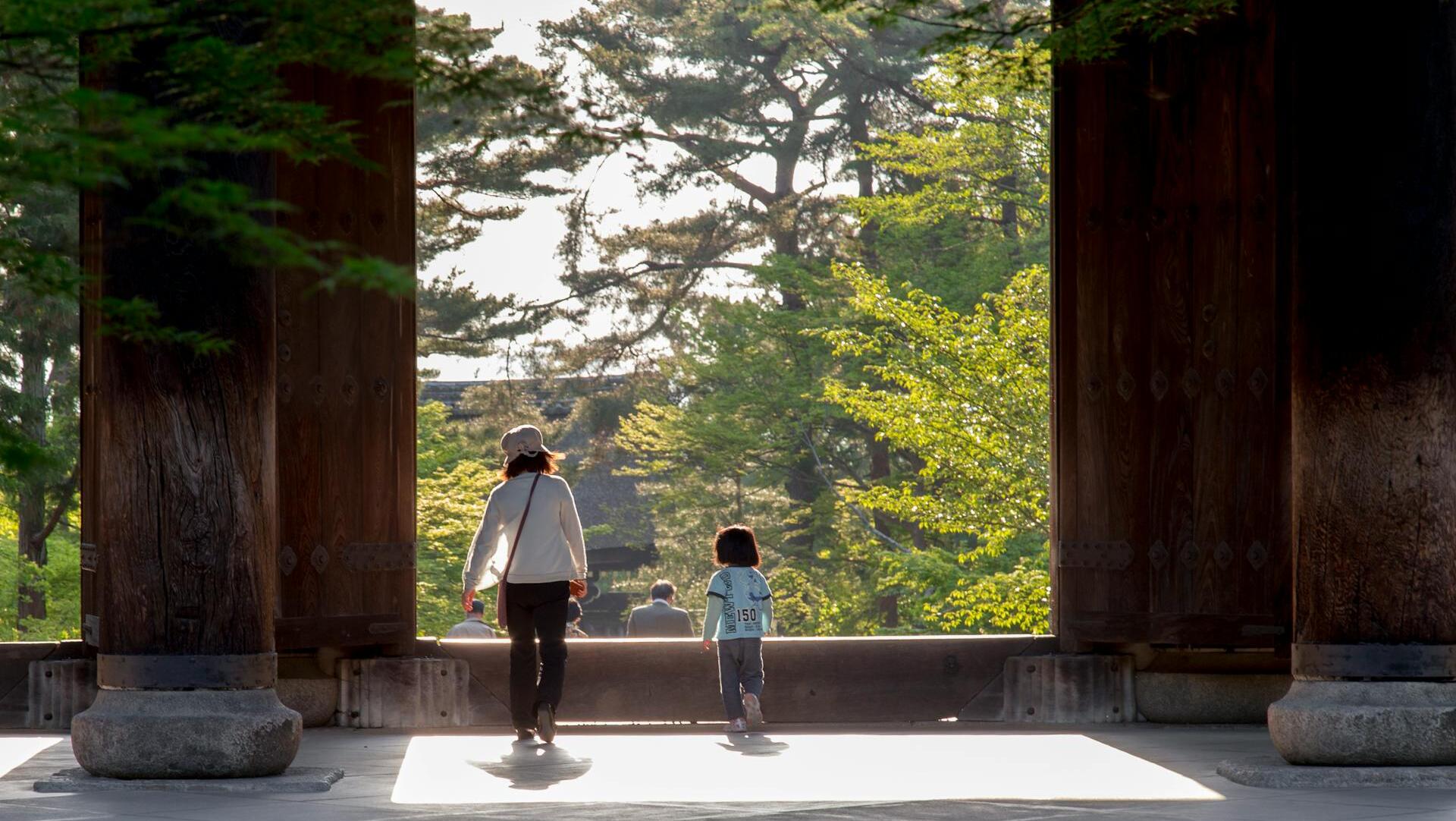Japan's demographic emergency has deepened further, with just 686,061 births recorded in 2024 - the lowest figure since government records began in 1899.
With nearly 1.6 million deaths occurring simultaneously, the nation now witnesses more than two deaths for every birth, marking the steepest population decline since surveys commenced in 1968.
It's the 16th consecutive year of population contraction, creating mounting pressure on Japan's pension and healthcare infrastructure while fundamentally reshaping investment landscapes across multiple sectors.
The overall population declined by 0.44 percent from 2023 to ~124.3 million at the start of 2025, with elderly residents aged 65 and over now making up a whopping 30% of the population - the second-highest proportion globally after micro-nation Monaco.
The working-age demographic between 15 and 64 has contracted to just 60% of the total population, creating acute labor shortages that are driving corporate strategies toward automation and international expansion.
While only slightly offsetting population and labour challenges, foreign residents reached a record high of 3.6 million people as of January this year - about 3% of Japan's population.
Once one of the toughest nations for foreigners to migrate into, Japan's government has cautiously embraced foreign labor through initiatives including a digital nomad visa program and upskilling campaigns - though immigration remains politically sensitive in the predominantly conservative society.
The demographic crisis is reflected in broader regional patterns too, with South Korea's fertility rate plummeting to 0.7, while Singapore dropped below 1.0 for the first time to 0.97.
Efforts to counteract
To its credit, Japan's corporate sector has responded aggressively in recent times, with M&A activity surging to more than US$230 billion in 2024 as companies pursue automation technologies and overseas expansion to compensate for domestic labour constraints.
IMF projections indicate Japan's working-age population will contract by approximately 1% annually through 2050, yet this demographic shift is generating investment opportunities in robotics, healthcare real estate investment trusts, and technology sectors targeting elderly care needs.
A growing number of rural communities are experiencing population exodus, with nearly four million homes abandoned over the past two decades according to government data, creating both challenges and opportunities in real estate markets.
Prime Minister Ishiba has characterised the situation as a "quiet emergency" requiring immediate policy intervention.
A staggering 33.8 trillion yen (US$226 billion) is being allocated to social security from the 97.7 trillion yen (US$652 billion) government budget - yet long-term sustainability concerns are intensifying around whether tech innovation and selective immigration can offset demographic headwinds.
The government has also implemented various fertility incentives, including housing subsidies and expanded parental leave policies, yet deep-rooted cultural and economic barriers persist.
Yet high living costs, stagnant wage growth, and rigid corporate cultures continue deterring young adults from family formation, while women face entrenched gender expectations that often position them as primary caregivers with limited institutional support.
Japan's fertility rate has remained below replacement level since the 1970s, meaning even dramatic policy improvements would require decades to generate meaningful population recovery.



